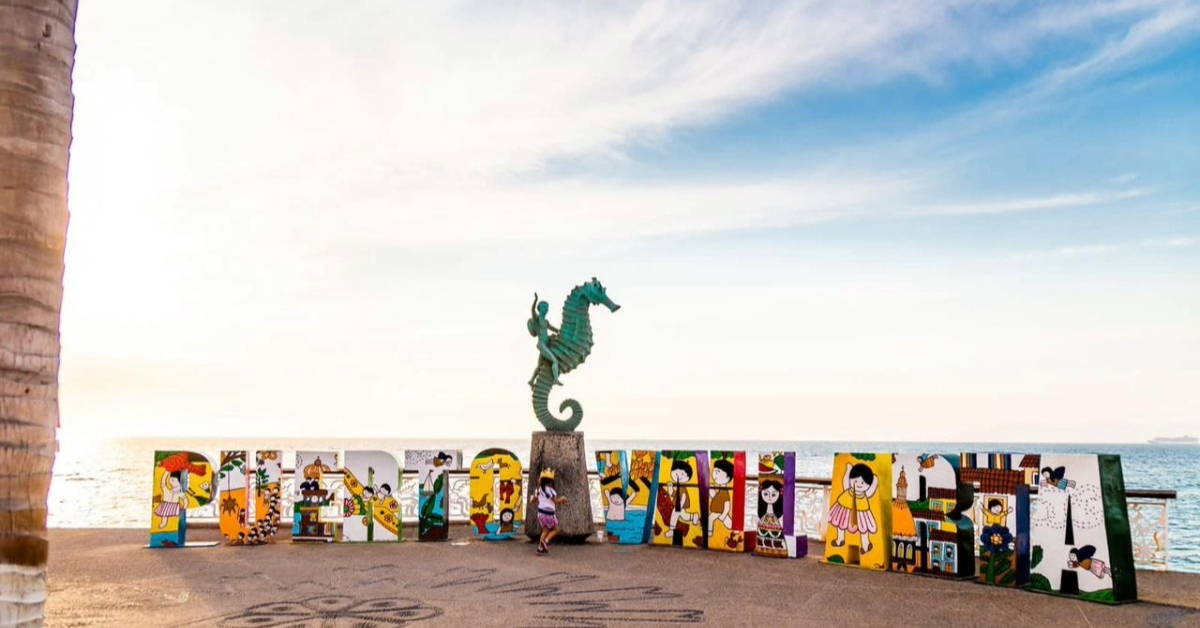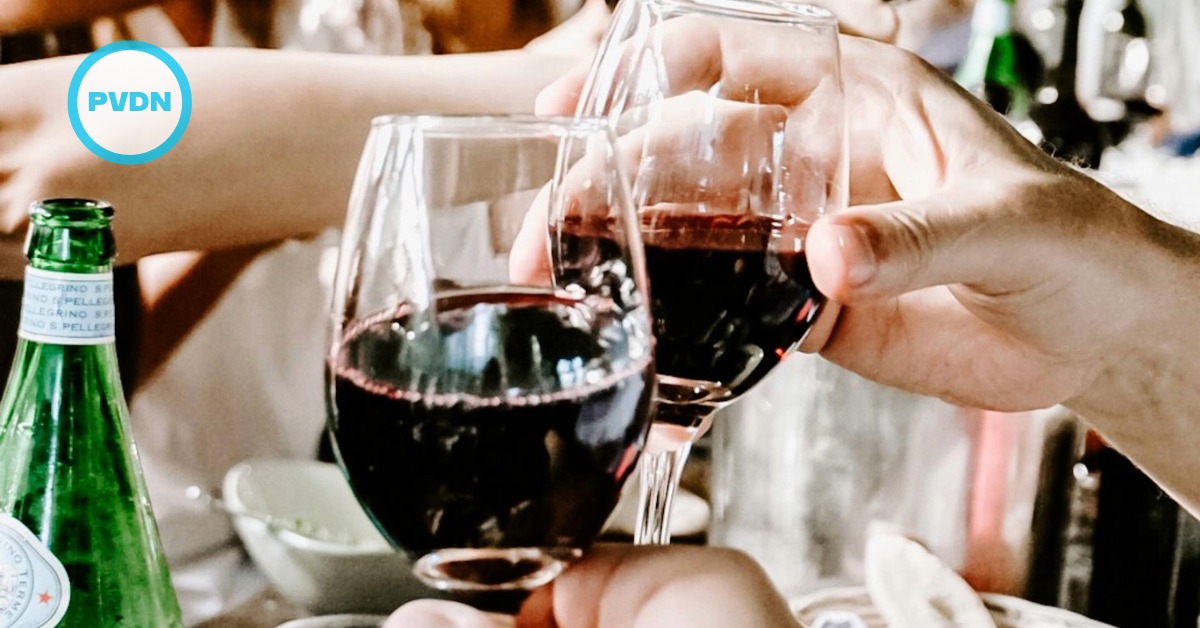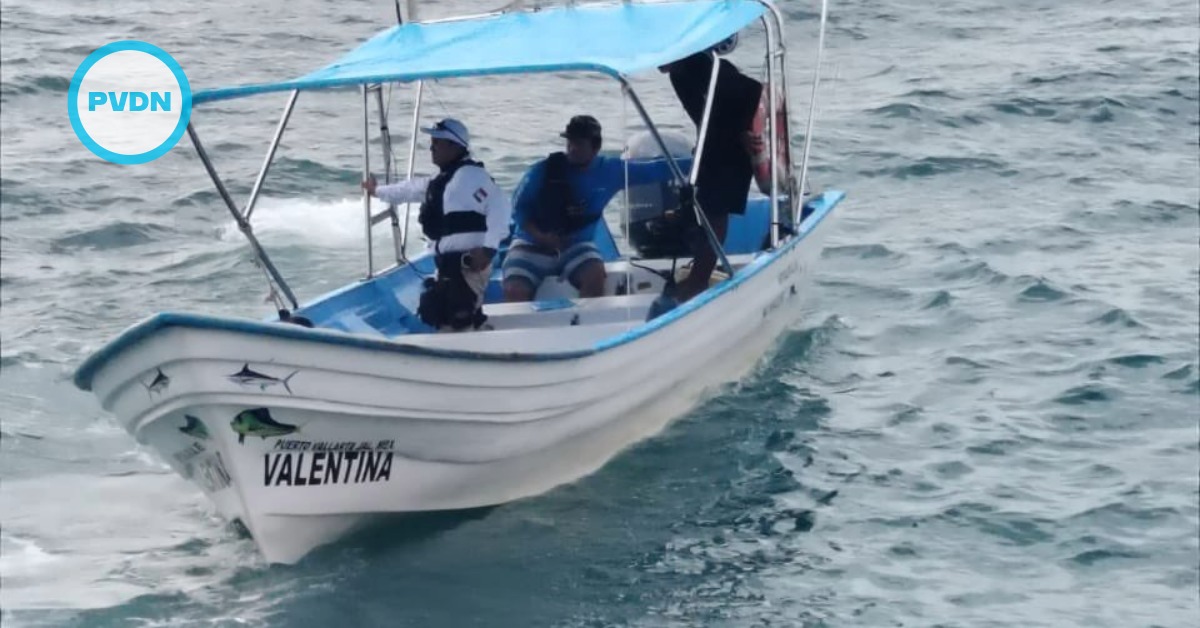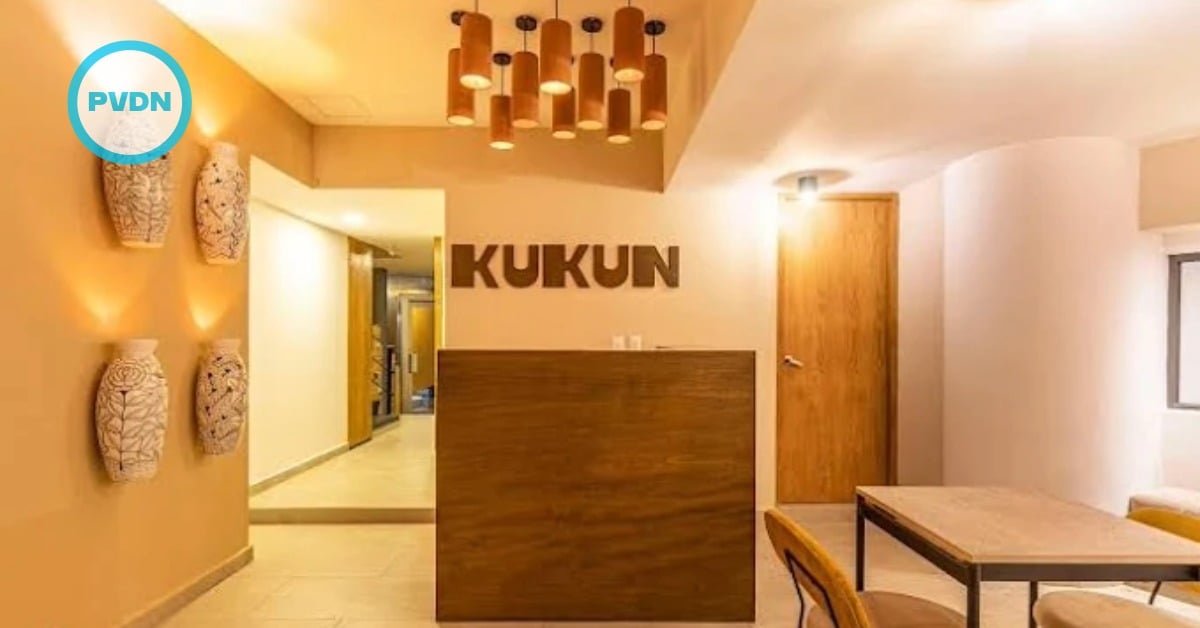I remember the first time I landed in Puerto Vallarta. It was one of those picture-perfect afternoons — the kind that travel brochures dream of. The plane banked left and the Pacific shimmered below, kissed by the golden light of late afternoon. The green Sierra Madre mountains cradled the coastline, and the town unfolded like a watercolor painting: terra cotta rooftops, winding cobblestone streets, palms swaying in a salt-tinged breeze.







